Species Spotlight: Meet Canada's Native Reptiles
Discover the remarkable diversity of Canada's native reptiles and the urgent conservation efforts protecting their future.
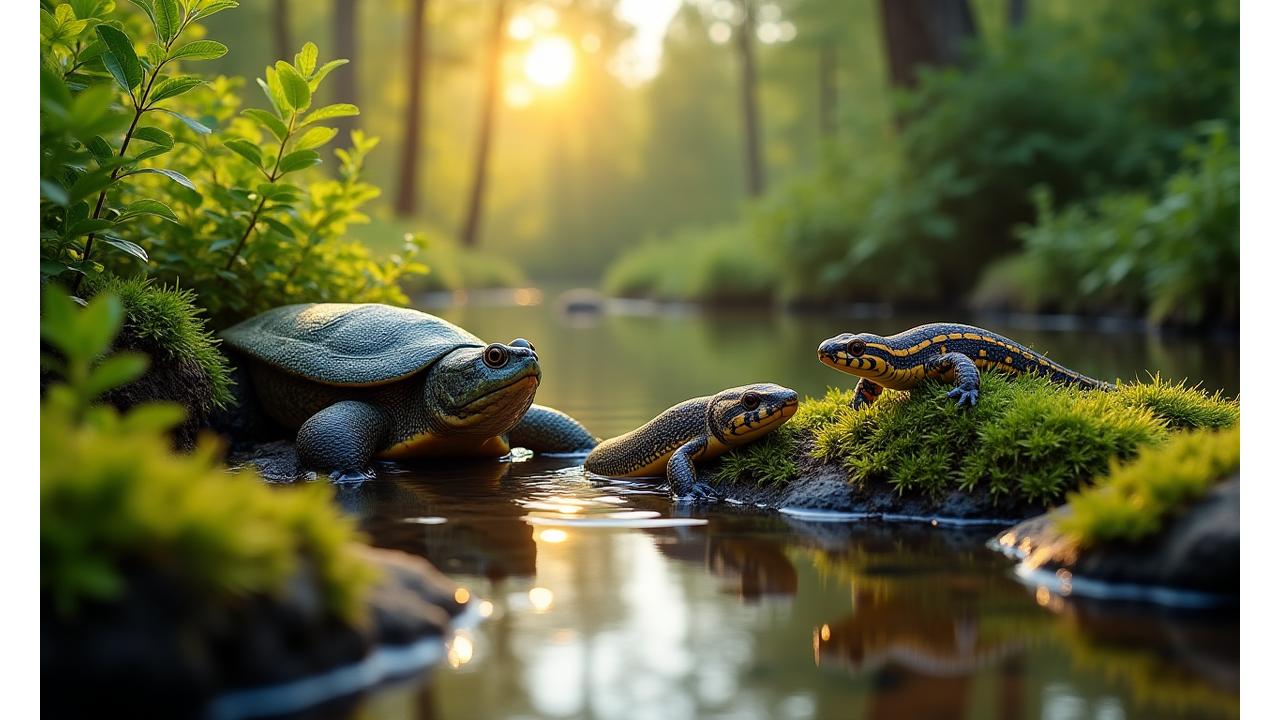
Canada's Remarkable Reptile Diversity
Canada, often perceived as a cold northern land, harbors a surprisingly rich array of reptilian life. From coast to coast, these often-misunderstood creatures play vital roles in their ecosystems. Explore our interactive insights to understand where these fascinating species thrive and the unique pressures they face as species at risk.
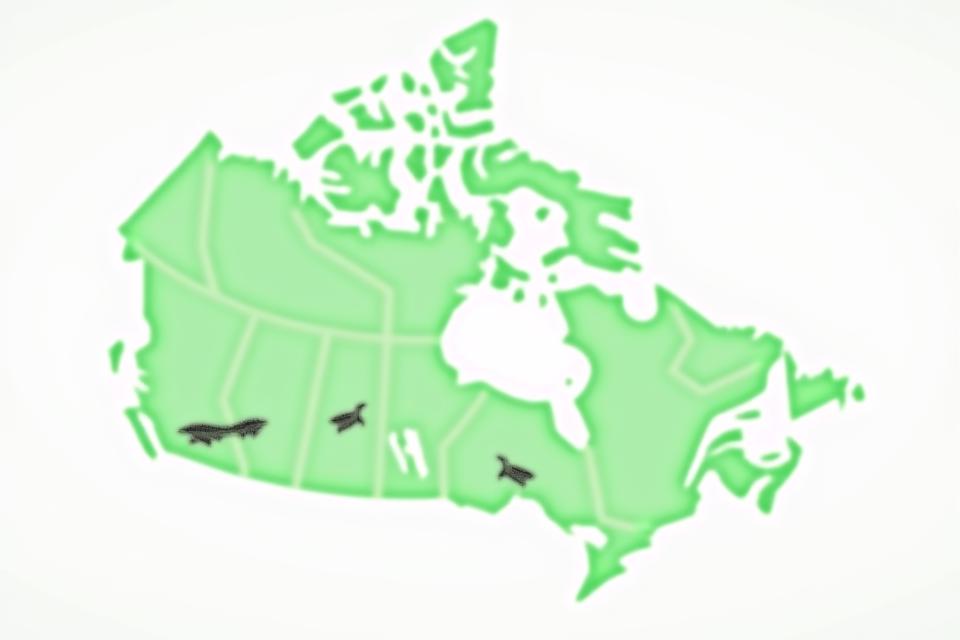
Our interactive map provides a dynamic look at where Canada's nearly 50 native reptile species call home. Discover specific provinces with high diversity hotspots, such as Southern Ontario and British Columbia, understanding the unique evolutionary history and biogeographic significance of these regions.
Climate change poses significant impacts on their distribution and survival, making our conservation status monitoring more critical than ever. Click on a province to reveal species unique to that area and their current conservation needs.
Explore the Interactive MapOntario's Iconic Reptile Species
Ontario is a hotspot for Canadian reptile diversity, home to several magnificent species, many of which are facing conservation challenges. Explore detailed profiles of some of our most beloved and iconic reptiles.
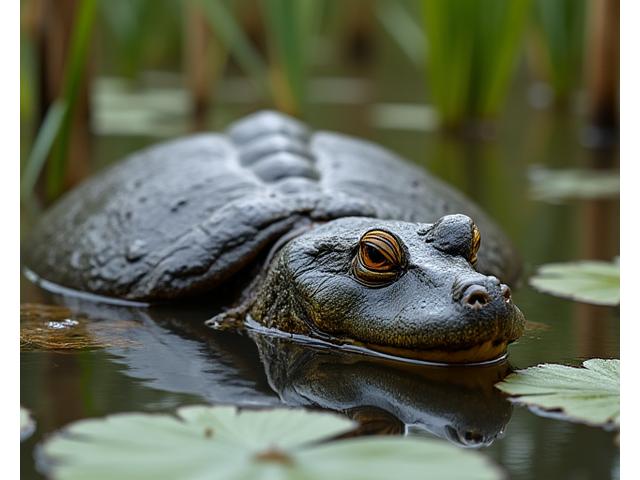
Snapping Turtle
The largest freshwater turtle in Canada, the Snapping Turtle (Chelydra serpentina) is an ecological cornerstone. Learn about its vital role in wetland health and its 'Special Concern' conservation status in Ontario, largely threatened by habitat loss and road mortality.
Special Concern View Profile & Tours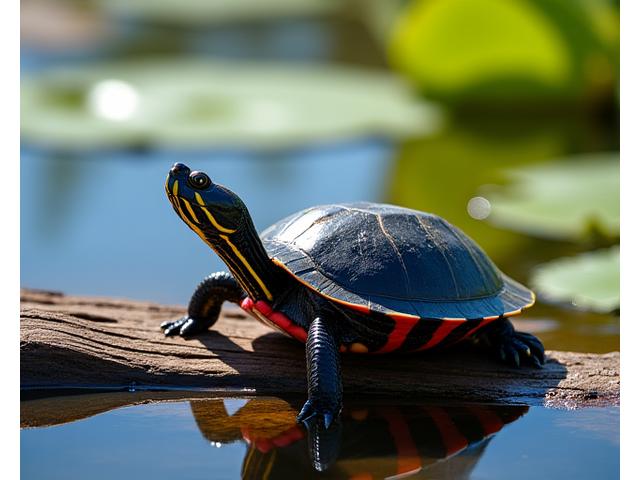
Painted Turtle
Canada's most widespread turtle, the Painted Turtle (Chrysemys picta) displays stunning subspecies variations. Discover their habitat requirements, basking behaviors, and the regional threats leading to varying conservation statuses across the country.
Least Concern View Profile & Tours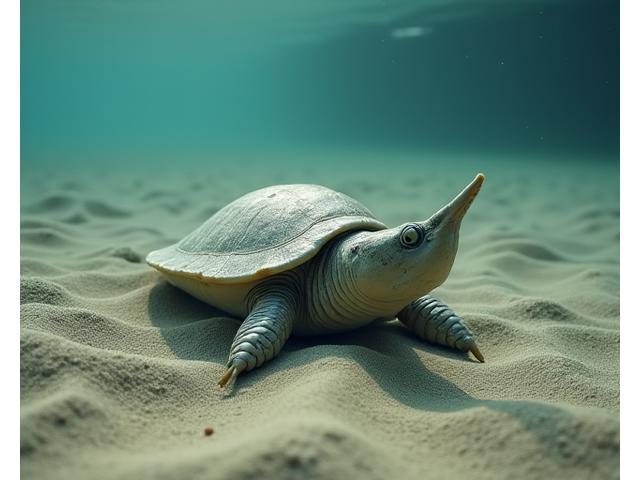
Spiny Softshell Turtle
One of Canada's most unique and critically endangered reptiles. The Spiny Softshell Turtle (Apalone spinifera) faces severe recovery challenges primarily due to habitat degradation and poaching. Learn how Terra Nova Scales directly supports efforts to save this species.
Endangered View Profile & ToursCritical Conservation Priorities
Many Canadian reptiles are classified as species at risk. Terra Nova Scales is committed to highlighting their plight and empowering our community to contribute to their recovery. Your participation in our eco-tours directly supports these crucial efforts.
Understanding the Threats
Habitat fragmentation, climate change, road mortality, and illegal collection are pushing many Canadian reptiles towards the brink. We provide up-to-date information on population trends and detailed threat analyses for key endangered species. Discover how responsible tourism can mitigate these threats.
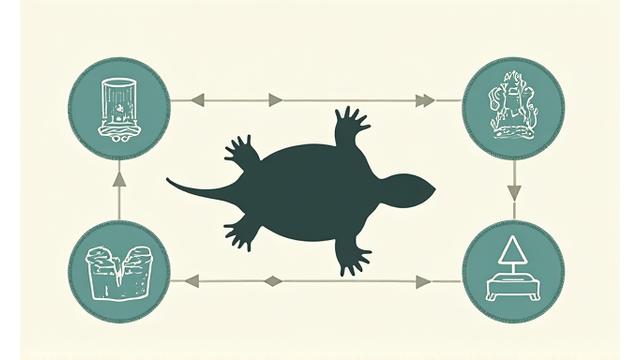
Recovery Programs & Success Stories
Despite the challenges, many dedicated individuals and organizations are making significant strides in reptile conservation. We document recovery program progress, celebrate success stories, and show you how your tour fees contribute directly to initiatives like species reintroduction, habitat restoration, and anti-poaching efforts. For example, the Blanding's Turtle recovery efforts in Kejimkujik National Park.
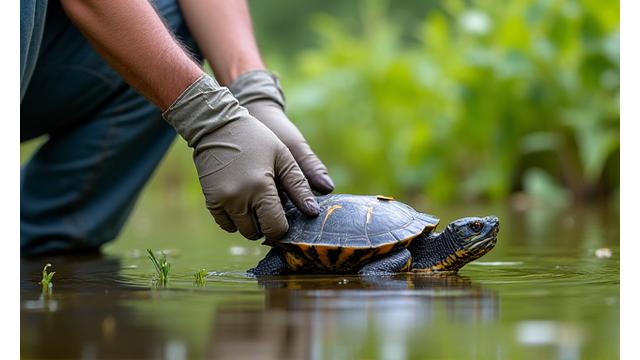
Learn more about our role in conservation and how your participation makes a real difference:
Our Conservation InitiativesField Identification Guide
Empower your wildlife observation skills with our comprehensive field identification guide. Learn to confidently distinguish between similar species during your next outdoor adventure or Terra Nova Scales expedition. Accurate identification is important for contributing to citizen science efforts.
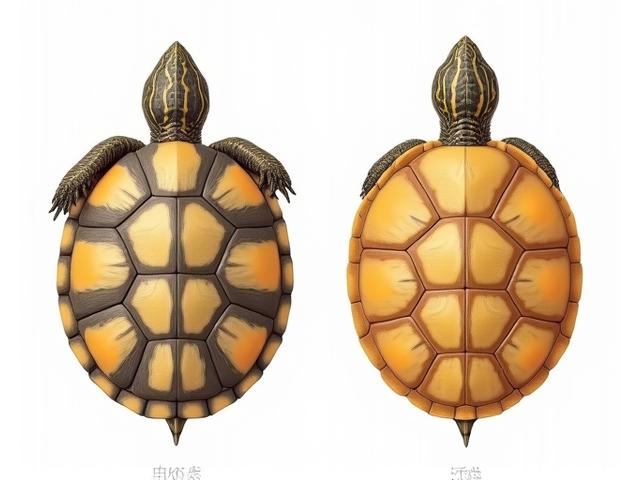
Visual Identification Keys
Our guide features clear, concise visual keys focusing on distinguishing features such as shell patterns, scale arrangements, and head shapes. Learn to identify species like the Eastern Massasauga Rattlesnake from non-venomous snakes safely and accurately.
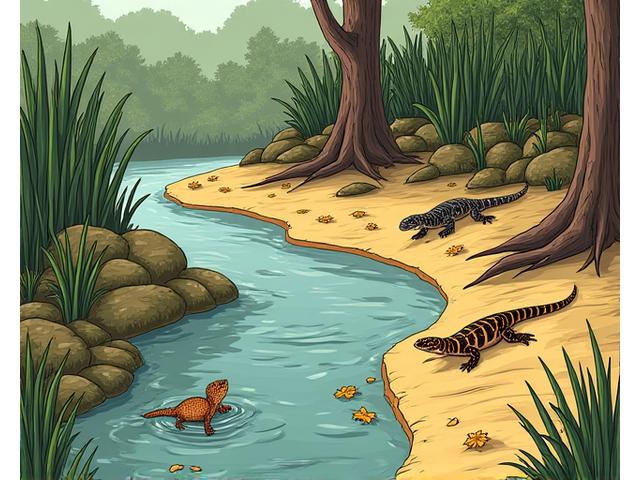
Habitat & Behavioral Cues
Beyond physical appearance, understanding a species' preferred habitat and behavioral patterns is crucial. Our guide details typical activity patterns, preferred microhabitats (like basking logs or sandy banks favored by the Spiny Softshell Turtle), and size comparison guides. Use this knowledge to locate and observe Canadian reptiles responsibly.
Best Times and Places to See Each Species
Maximizing your chances of a successful reptile sighting requires knowledge of their seasonal activity and specific habitat preferences. Our viewing calendar and location insights help you plan your next expedition or independent observation trip.

Seasonal Activity & Climate
Reptiles are highly dependent on temperature, making seasonal calendars critical for observation. Discover when specific species emerge from hibernation, when nesting occurs, and how weather conditions can influence their visibility. For instance, many snakes are most active during warm, sunny mornings.
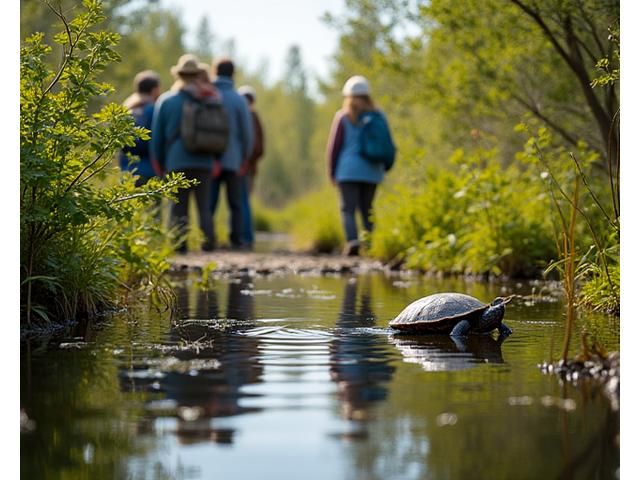
Guided Tour Integration & Locations
Terra Nova Scales offers species-focused expeditions to known habitats with high success rates. Our tour schedule integrates directly with this calendar, showing you available bookings for targeted viewing of species like the Western Painted Turtle or Eastern Gartersnake. Each tour provides accessibility information and expert guidance for responsible viewing.
How You Can Help Protect These Species
The future of Canadian reptiles depends on collective action. Terra Nova Scales provides various avenues for you to get involved, from active participation to informed advocacy and financial support. Every effort makes a difference in ensuring these unique creatures thrive.
Citizen Science
Join citizen science projects, reporting your sightings of painted turtles or spiny softshell during your outdoor excursions. Your data helps researchers monitor populations and conservation status, providing vital information for protection strategies.
Learn MoreHabitat Protection
From creating brush piles in your backyard to supporting wetland restoration, individual actions on private property can make a significant difference. Discover simple steps you can take to make your land reptile-friendly and contribute to a healthier ecosystem.
Get InvolvedFinancial Contributions
Your financial support directly fuels species-specific conservation projects, from critical habitat acquisition to groundbreaking research on endangered species. Partner with us to provide a lifeline for Canada's most vulnerable reptiles and ensure their future.
Donate NowReady to make a tangible difference? Book an expedition and support conservation:
Book Your Conservation Expedition